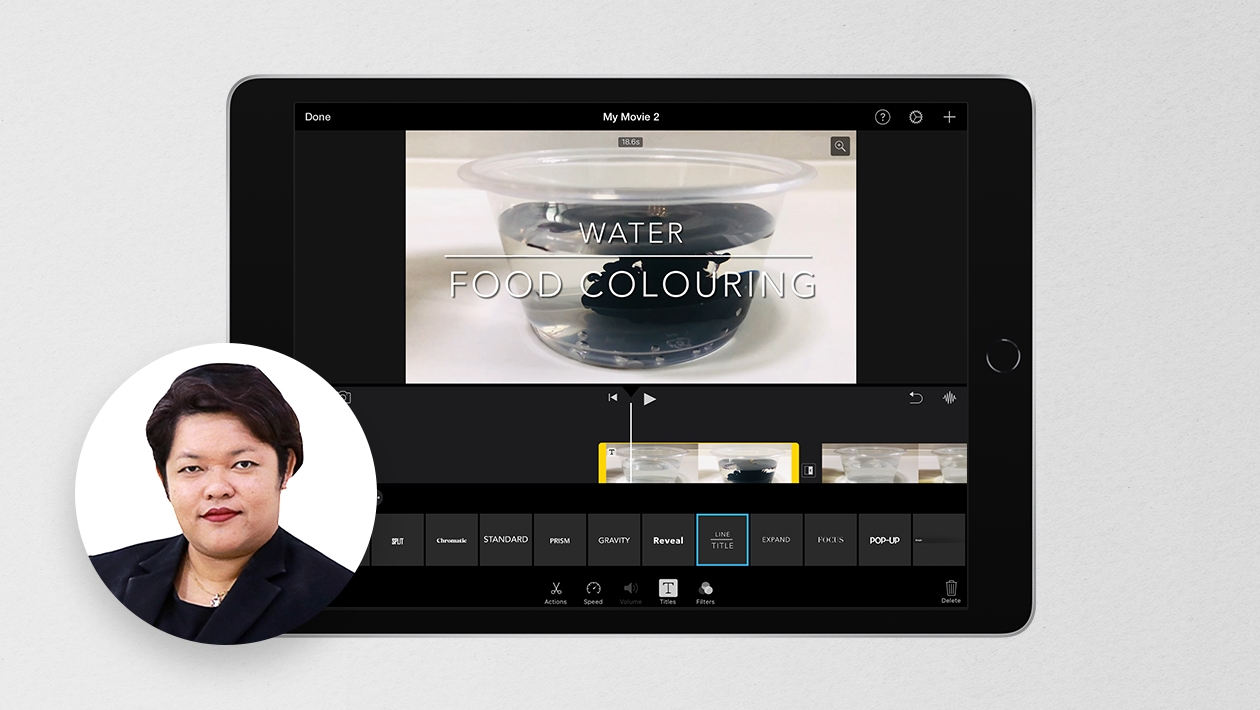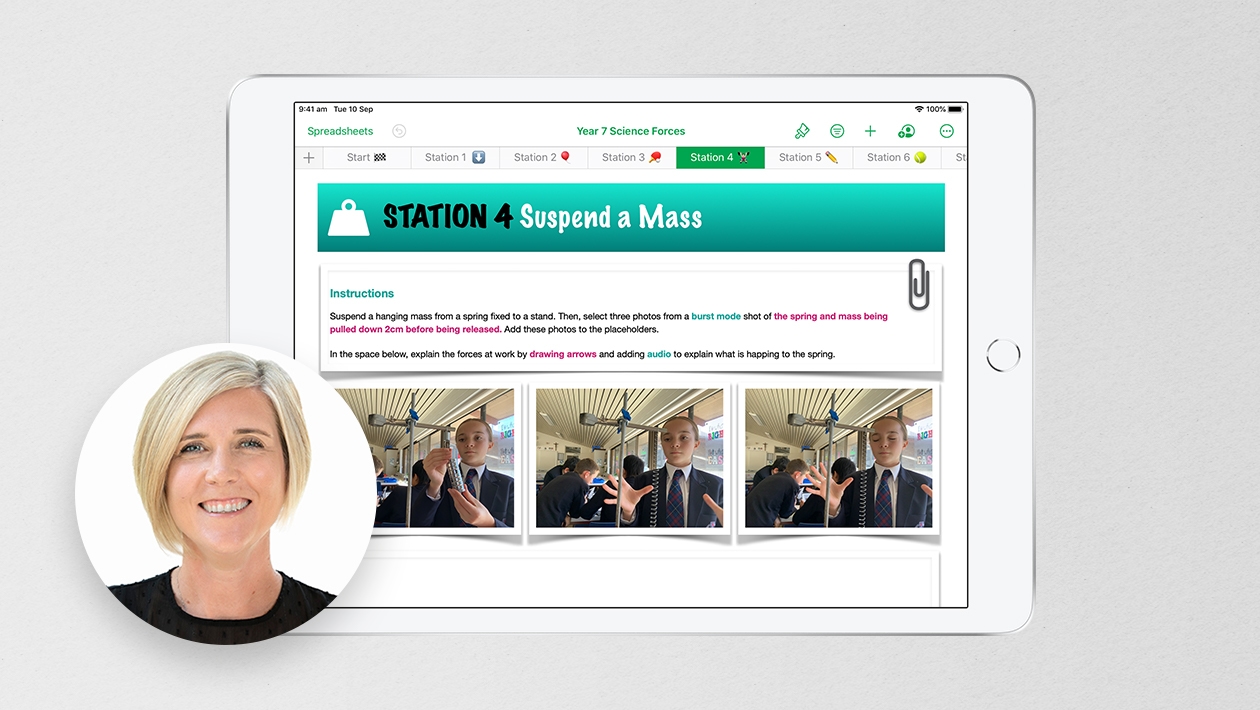The main leverage of Liquid Glass lies in translating the simulated forces into vibrations and sensations. For example, when "pushing" a virtual button, the resistance simulated by my fluid model is communicated to the device's haptic engine. This creates a vibration that mimics the compression of a soft material. The interface is designed so that the visual response (the "liquid" movement) is synchronized with the physical sensation of haptic feedback, creating synesthesia that makes the experience more intuitive and immersive.
I also wonder: how can this design approach reduce a user's cognitive load? By mimicking real-world physics, Liquid Glass design allows me to reduce the mental effort needed to interact with an interface. People already instinctively understand how fluids move and behave. By applying this logic to a digital interface, the brain doesn't have to learn a new set of rules; it can rely on its prior knowledge. This makes navigation faster, less error-prone, and more pleasant. Elements that behave in a predictable and natural way are easier to use than robotic and rigid animations. I see this approach as an evolution of skeuomorphism, but instead of just mimicking appearance, I mimic the physical behavior of materials.









Attach up to 5 files which will be available for other members to download.